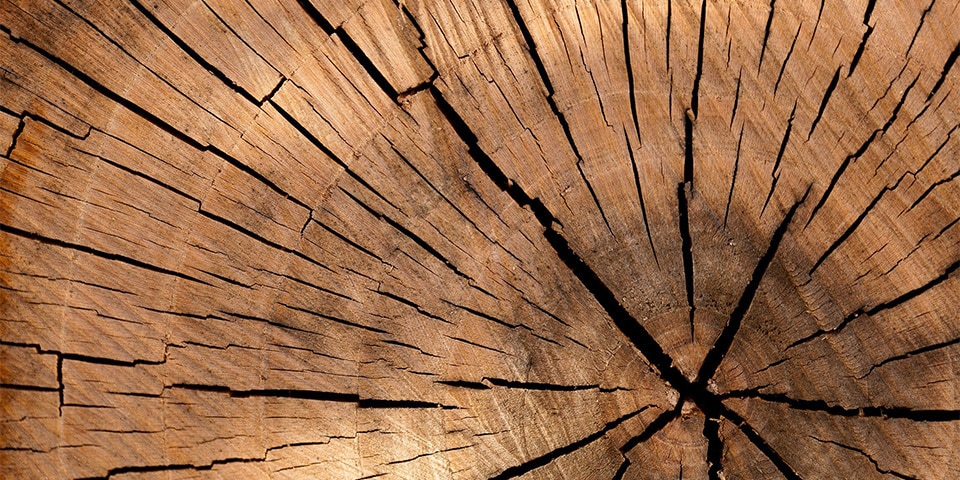
The beautiful properties of Douglas wood
Douglas wood is a softwood species that is increasingly used in bank protection and flood defenses. It is one of the hardest European softwood species and for that reason is also used in constructions of bridges, decking and porches. It is a cheaper alternative to the more expensive hardwood.
Of course, this is just one of the many properties of cheap Douglas fir. In addition, the wood is also very beautiful to look at and has a fine to moderately coarse grain. The lifespan of untreated Douglas fir boards is 10 to 15 years. After douglas wood dries, it becomes harder, which is an additional pleasing feature of the beautiful softwood. Douglas garden wood is recognizable by its beautiful reddish-brown core and yellowish sapwood. If left untreated, it slowly discolors to blue-gray. To counteract this, it can be treated with stain or other impregnating agent.
Processing
Because the cheapest Douglas fir is still a very hard wood, there are a few things to consider when working with it. Pre-drilling before the screws go into the wood is recommended, although there are very good special screws with drill points on the market today. Douglas is good and quick to glue but difficult to bend. With good, sharp tools, this hard wood species is fine to work with.
Applications
The quality Douglas wood is such that it is used for many applications. As mentioned earlier, we see it in bank protection, water barriers and sheet piling. Other outdoor application areas include: fences, pergolas, porches, flooring, decking, terraces, bridges and bridgework. Indoor applications include flooring, ceilings, paneling and other wall paneling. This softwood species from northwestern Europe has a high durability and is inherently strong. But the Douglas fir is also found in the Netherlands. It is an environmentally friendly and sustainable alternative to impregnated pine on the one hand, which contains harmful substances, and on the other hand to the more expensive hardwood, which usually has to come from there and is therefore not sustainable. Moreover, Douglas wood is also much more beautiful to look at than the cheaper spruce. Greater planting of Douglas in France and Germany in particular has fortunately also increased availability.




